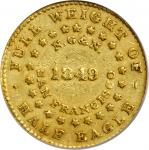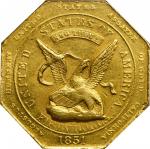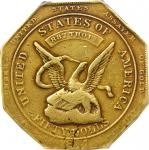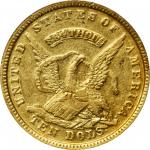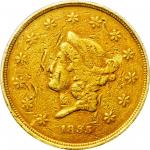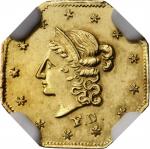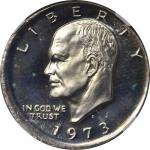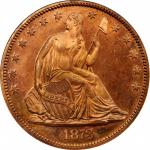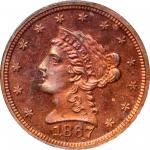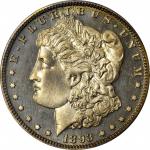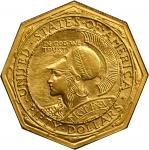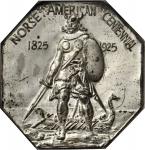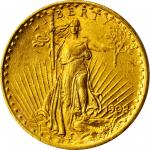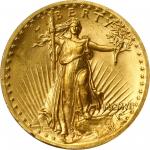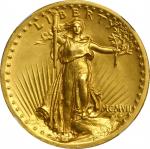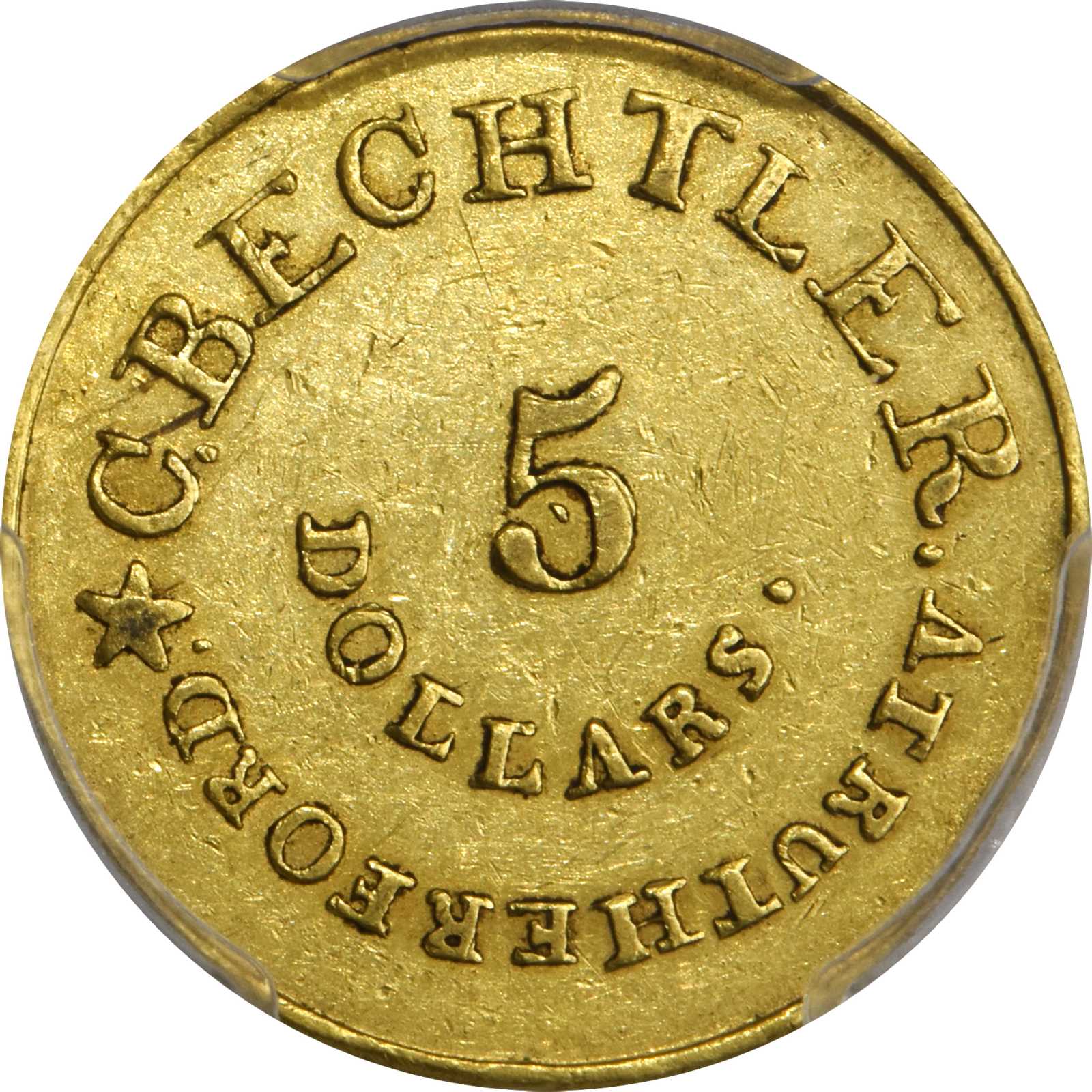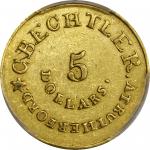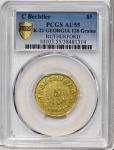Undated (1837-1842) Christopher Bechtler $5. K-22. Rarity-7. RUTHERFORD, 128.G., 22 CARATS. AU-55 (PCGS).This is a warmly patinated, visually appealing example with an uncommonly original appearance for an elusive Bechtler gold coin. Both sides are bathed in medium olive-gold, the surfaces retaining plenty of satin to softly frosted luster that shines forth nicely when viewed with the aid of direct lighting. All design elements are boldly to sharply rendered, the lack of sizeable or otherwise individually mentionable handling marks further enhancing the eye appeal.<p>The Bechtler family headed by Alt Christoph, his two sons August and Karl, and nephew Christoph arrived from Pforzheim in Baden, first to New York then Philadelphia where they opened a watch repair shop in Philadelphia. Accomplished gunsmiths and watchmakers, likely well aware of the large quantities of gold coming from the Southern Appalachian Mountains, the Bechtlers picked up and headed to Rutherford County, North Carolina in March or April 1830. By July of the same year, they had set up a watchmaking and jewelry shop in Rutherfordton that thrived thanks in part to little local competition. As more and more gold came out of the North Carolina hills, sending it to the Mint at Philadelphia to have it coined into money was a risky proposition at best. By now well established in the area with an excellent reputation, many local community leaders petitioned the Bechtlers to assay the gold then make it into a viable circulating medium of exchange. Beginning sometime in July of 1831, Christopher Bechtler (as Alt Christoph had become known) set up his own assay office and private mint just north of town. The family started out coining $2.50 and $5 coins, all very utilitarian in design, then later they also introduced the nations first gold dollar, beating out the United States Mint by about 17 years. <p>The fineness of the gold coming to the Bechtlers mint varied widely depending on where it was mined. Beginning sometime in 1834, Christopher Bechtler was determined to make sure that the integrity of his coins was maintained and since he was not initially able to purify the gold to a common standard, he began indicating the locality of the coined gold, the weight, and the purity. Soon, GEORGIA came to mean the finest gold at roughly 22 carats, CAROLINA at 21 carats, and finally N. CAROLINA at 20 carats. The Bechtlers created and modified dies depending on the purity and weight, and in so doing creating a wide variety of different coin types. The federal government got into the act in 1838 and established branch mints near the gold-producing regions at Charlotte and Dahlonega, which impacted the Bechtlers minting operations. August took over the business beginning in 1840, then Augusts cousin Christopher Jr. inherited the business. Health issues along with a penchant for overindulging in alcohol led to a decline in business and finally sometime around 1849 or 1850 Christopher Jr. shut the coining business down in its entirety. The Bechtler coins were heavily used throughout the Southern states for many years afterwards. While apocryphal stories of them still being found in use by the turn of the century have been heard, it was no exaggeration to say that at least saw use through the Civil War period and possibly into Reconstruction. <p>The Georgia-marked pieces at their higher purity level were especially in demand, which also meant they suffered from wear as well as later meltings. The Mint actively tried to pull any examples of Bechtlers coins out of circulation and used them for their own products, leaving behind only a comparative few for todays collectors to enjoy. The Kagin-22 $5 coins are categorized as part of the seventh series of coins the family emitted and at Rarity-7 are also among the rarest. Undated, but thought to have been coined between 1834 and 1837, the K-22 is identified by the obverse legend C. BECHTLER, AT RUTHERFORD. and the reverse indicating GEORGIA GOLD. / 22 CARATS. / 128. G., these are the only $5 coins so marked. Bechtler $5 gold coins of any variety are rare but the K-22 is among the most challenging with only a mere handful known; our notes indicate that the last specimen we (Stacks) handled was the Norweb specimen in November of 2006. This specimen has everything going for it: rarity, considerable eye appeal, and a remarkable history from the nations first gold rush. Chances to obtain a specimen in any grade are fleeting and always command the attention of dedicated private gold enthusiasts. Not to be missed.

